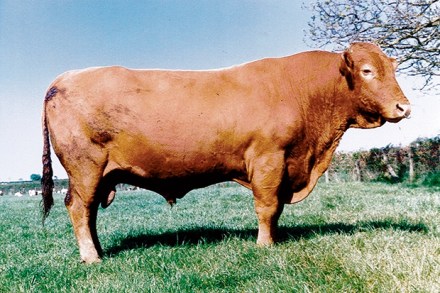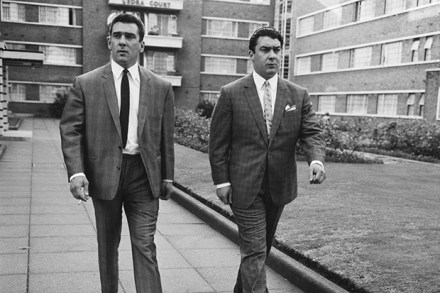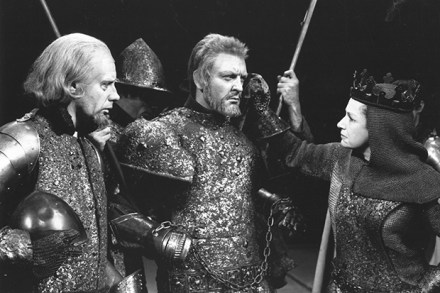On the way to Plumpton
We pull up at Wivelsfield, under a blue sky, and glance out at the one figure on the platform: a mature, buxom woman in pink. Her arms are open wide, and a burly, moustachioed man climbs out of our carriage and gallops towards her embrace, burying his face in her yellow hair. When will they let go of each other? At last, she grasps his shabby bag, swings it over her shoulder, and off they march, trailing laughter; also disturbance — for some of us are looking a shade wistful as the train pulls out, soberly, to Plumpton.

















